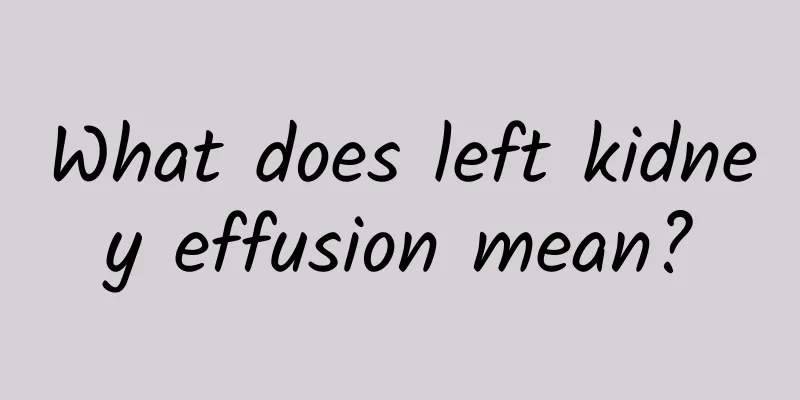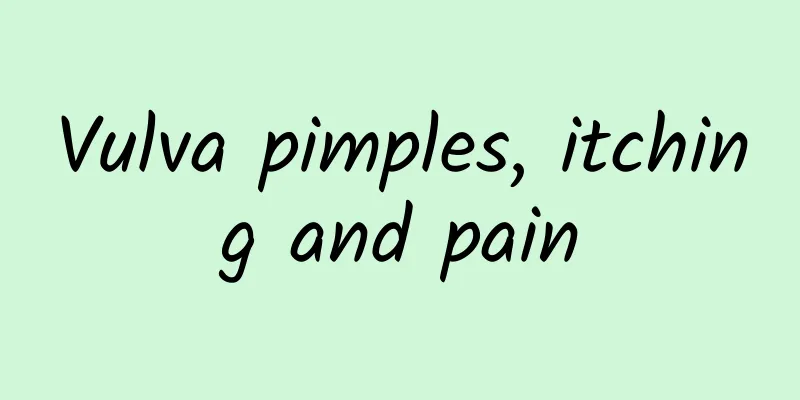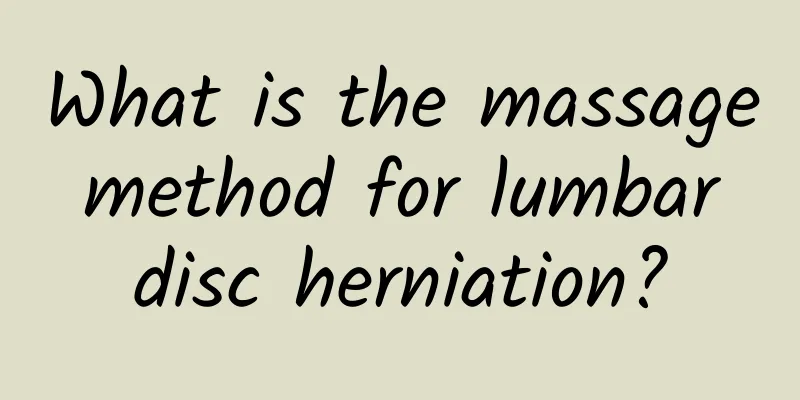Diagnosis and treatment of Bell's palsy (idiopathic facial nerve palsy)

|
Idiopathic facial nerve palsy, also known as facial neuritis or Bell's palsy, is a peripheral facial palsy caused by nonspecific inflammation of the facial nerve in the stylomastoid foramen. Its pathogenesis is still unknown. So what are the treatments for this disease? Drug treatment Glucocorticoids: This type of drug can inhibit the inflammatory response of the facial nerve in the acute phase, thereby reducing the degree of compression of the facial nerve canal due to edema and thickening of the facial nerve and microcirculation disorders. Therefore, glucocorticoids are the first and main drug for treating this disease, but they should not be used for a long time. Dexamethasone 10-20 mg/d can be given for 7-10 days as a course of treatment; or prednisone 1 mg/(kg·d) can be given orally, either all at once or in 2 divided doses, for 5 consecutive days, followed by a gradual reduction in the dose over the next 7-10 days. In addition, patients with diabetes, tuberculosis, gastric ulcer, pregnant women or children should use it with caution. Antiviral drugs: These drugs interfere with herpes virus deoxyribonucleic acid (DNA) polymerase, inhibiting DNA replication. Commonly used are acyclovir, ganciclovir, etc. B vitamins: This type of drug can promote the recovery of nerve myelin sheath. The method of use is intramuscular injection of vitamin B1 100mg and vitamin B12 500μg. In the later stage, it can be changed to oral B vitamin treatment. Other drugs: Baclofen can reduce muscle tension and improve local circulation. It should be taken orally starting with a small dose (5 mg), 2 to 3 times a day, and gradually increased to 30 to 40 mg/d. Some patients cannot tolerate the drug's adverse reactions such as nausea, vomiting and drowsiness. Use drugs such as ginkgo leaf extract to dilate blood vessels and improve microcirculation. In addition, patients can apply eye ointment to the affected eye at night and protect the eye with an eye patch. When tear production decreases, artificial tears can be used. Rehabilitation exercises If the muscles on the affected side can move slightly, functional training and rehabilitation treatment should be started as soon as possible, including frowning, raising forehead, closing eyes, showing teeth, puffing cheeks and whistling in front of a mirror several times a day. 10 to 15 minutes each time, supplemented by facial muscle massage. Surgery Some patients can undergo facial nerve decompression surgery, but this method has the risk of complications and can cause epileptic seizures, deafness, cerebrospinal fluid leakage, and facial nerve damage. In severe cases, there may be permanent hearing loss. For patients with severe facial nerve paralysis who have not recovered within 2 years of onset, facial nerve-accessory nerve, facial nerve-hypoglossal nerve or facial nerve-phrenic nerve anastomosis can be performed, but the efficacy is still uncertain and it is only suitable for severe patients. In addition, severe patients can also undergo cosmetic surgery. Other treatments Traditional Chinese Medicine Treatment This method can play a role in auxiliary treatment. During the acute phase (1 to 2 weeks), strong stimulation (such as acupuncture, etc.) should not be used for treatment. Acupuncture can be used for treatment after the acute phase. Blood-activating and blood-stasis-removing drugs have an auxiliary effect on improving facial nerve microcirculation. Heat-clearing and detoxifying drugs can also be used for antiviral treatment. For those in the acute stage, auxiliary treatments such as hot compress, physical therapy, massage, etc. can be adopted, such as warm therapy, magnetic therapy, electromagnetic therapy, ultrashort wave or microwave therapy. Physical therapy, such as muscle massage and training, can be used during the recovery period. Patients with hemifacial spasm can use motor point block therapy for spasmodic muscles |
<<: What are the early symptoms of cerebral palsy in children?
>>: What are the symptoms of bee paralysis? How to prevent and treat?
Recommend
What are the methods of traditional Chinese medicine for treating spasmodic torticollis?
There are many patients with torticollis in life,...
Symptoms and treatment of external ear malignant tumors
Malignant tumors appear in people and are most li...
Tooth root extraction process
Nowadays, many people have to have their teeth ex...
What to do if the areola is very dark
Guyun refers to an area of dark skin around the...
What causes dry tongue coating?
You often feel that your mouth is dry, astringent...
What to do if a six-year-old child has rhinitis
If a six-year-old child suffers from rhinitis, it...
What medicine should I take for palpitations, shortness of breath and fatigue?
In daily life, some friends will feel anxious and...
What is endometrial displacement? Causes of endometrial dislocation
Endometriosis has many causes, but there is no cl...
Benefits of armpit lymphatic detoxification
There are many benefits of axillary lymphatic det...
How to check whether there is any problem with kidney function?
Kidney health has always been an issue that we ne...
How to treat swollen lymph nodes in the neck?
Sometimes, we may accidentally find lumps on the ...
What should I do if my child can’t digest food?
A baby's physical health is affected by many f...
What to do if you are weak in summer
In the summer, the weather is hot, and people oft...
Dizziness, nausea, weakness, general weakness
Dizziness, nausea, weakness, and general weakness...
Do I need to hold my urine when doing color ultrasound? Preparations for color Doppler ultrasound
Many color ultrasounds require holding urine. The...









